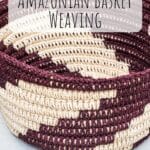A Brief History of Qiviut Yarn
Qiviut yarn is a rare and luxurious fiber that has a long history tied to the indigenous peoples of the Arctic. It is derived from the undercoat of the musk ox, a majestic animal that roams the cold regions of Alaska, Canada, Greenland, and northern Europe. Known for its softness, warmth, and durability, qiviut has been used by native cultures for centuries and continues to be a prized material in contemporary textile crafting. In this article, we will explore the history, cultural significance, and modern applications of qiviut yarn, as well as where you can experience (and purchase!) this remarkable material in person today.
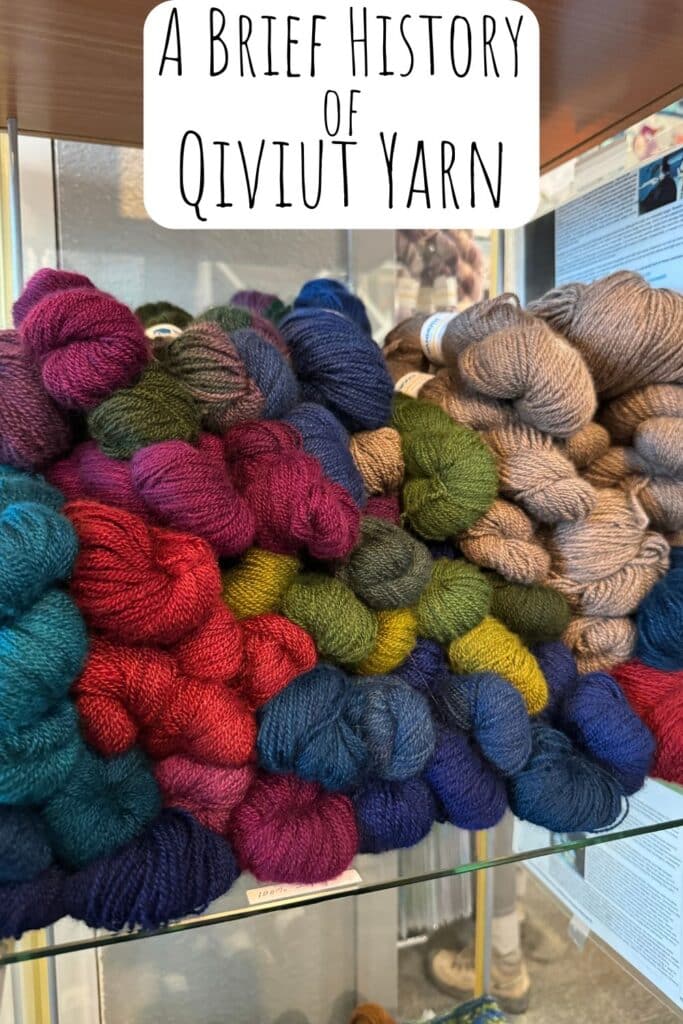
The Origins of Qiviut Yarn
Qiviut yarn has its origins with the Inuit and other Indigenous peoples of the Arctic regions, who have long relied on the musk ox for both food and materials. The musk ox produces qiviut, an incredibly soft and insulating fiber, as a means of staying warm during the frigid winters. Unlike sheep wool, qiviut is made of fine, silky fibers that are much warmer and lighter. The word “qiviut” itself comes from the Inuktitut language, the native language of the Inuit people, where it describes the soft undercoat of the musk ox.
For centuries, the Inuit and other indigenous peoples harvested qiviut during the shedding season, combing it from the musk ox and spinning it into yarn by hand. This yarn was then woven or knitted into clothing, which provided them with essential warmth and protection from the harsh Arctic climate. Qiviut garments were highly valued and considered a symbol of status, due to the labor-intensive process required to collect and craft the fibers.
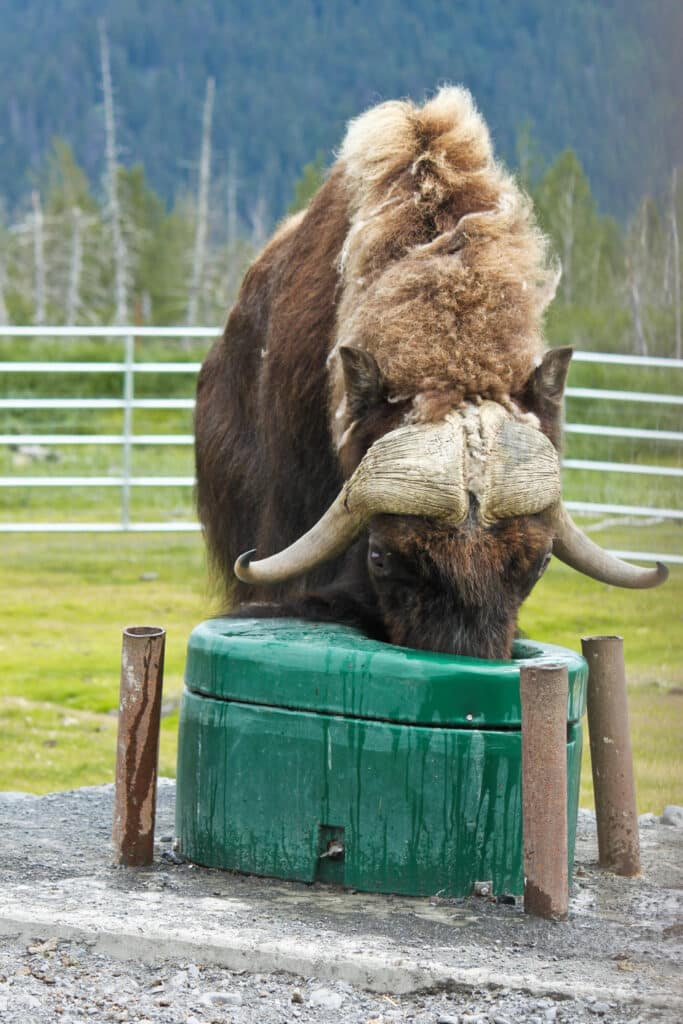
Cultural Significance of Qiviut Yarn
Qiviut yarn holds a profound cultural significance, particularly in the traditional practices of the Inuit and other northern Indigenous peoples. The yarn was not only functional but also symbolic of the deep relationship these communities had with their environment and the animals that inhabited it. The musk ox was regarded as a valuable resource, and every part of the animal was utilized—its meat for food, its bones for tools, and its qiviut for clothing. This holistic use of the musk ox reflects the sustainable practices of the Indigenous people, who lived in harmony with nature and made the most of the resources available to them.
In addition to its practical uses, qiviut also played an important role in social and cultural ceremonies. Certain garments made from qiviut yarn were worn during important events, such as hunting expeditions or spiritual rituals. The use of qiviut yarn in such contexts reinforced the connection between the people and the animals, and it served as a tangible representation of respect for nature and the earth. The value placed on qiviut also extended to its craftsmanship, as creating garments from qiviut was a time-consuming task that required skill and patience.
The Decline and Revival of Qiviut
As the modern world encroached on traditional ways of life, the use of qiviut yarn declined. With the advent of mass-produced fabrics and textiles, many Indigenous peoples shifted away from their traditional crafts in favor of synthetic alternatives. Furthermore, the musk ox populations were decimated by overhunting during the early colonial period, leading to a sharp decline in qiviut production.
However, the revival of qiviut yarn began in the late 20th century, as interest in traditional crafts and sustainable materials grew. Efforts to protect and manage musk ox populations led to a resurgence in qiviut production, particularly in Alaska and Canada. Today, sustainable farming practices ensure that the harvest of qiviut is done responsibly, with the animals being sheared rather than harmed during the process.
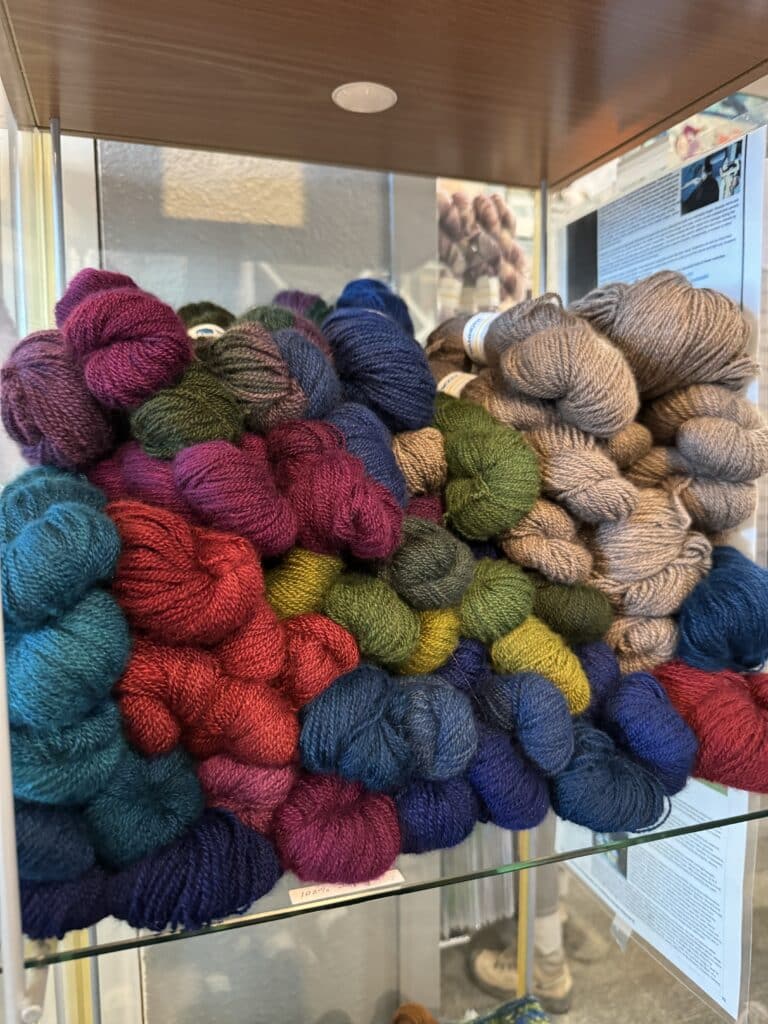
Qiviut is now seen as a luxury fiber in the world of textiles, celebrated for its warmth, softness, and natural beauty. It is highly sought after by knitters, weavers, and textile enthusiasts who appreciate its unique qualities. Many modern artisans and designers have embraced qiviut, creating high-end garments and accessories, such as scarves, hats, and shawls, that showcase its beauty and exceptional insulating properties. The growing demand for qiviut yarn is also supported by efforts to raise awareness about its historical significance and the sustainable practices associated with its production.
Modern Applications of Qiviut Yarn
The use of qiviut yarn has expanded far beyond its traditional applications. Today, it is prized in the fashion industry, particularly for making luxurious knitwear and accessories. The softness of qiviut yarn makes it ideal for creating lightweight yet warm garments, such as shawls, socks, mittens, and scarves. The yarn is often blended with other fibers, such as silk or merino wool, to create unique textures and added strength.
One of the most well-known modern uses of qiviut is in the creation of the famous “qiviut hat,” a cozy, ultra-soft knit hat that is highly regarded in cold-weather fashion. These hats are perfect for winter climates, providing both comfort and style. Additionally, qiviut is used in luxurious yarns for knitting and crocheting, with fiber artists and crafters praising its ability to produce garments that are both warm and elegant.
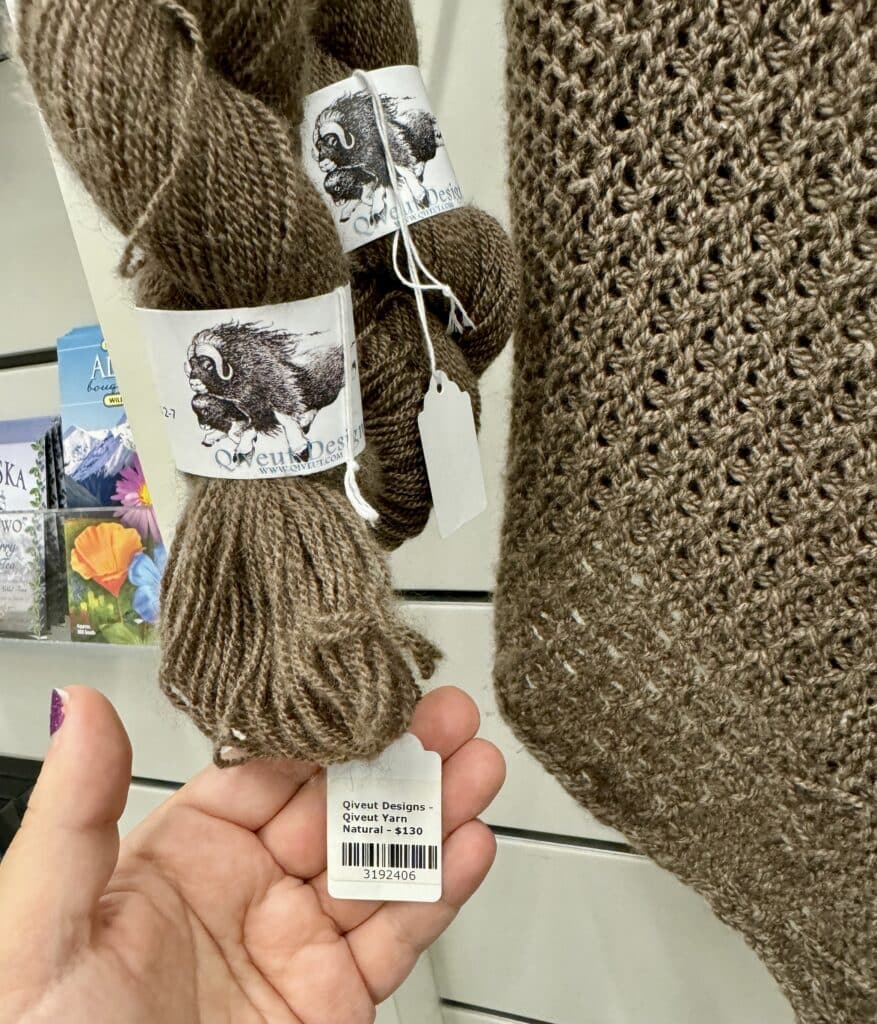
Beyond fashion, qiviut yarn is also used in fine art and textile design. Some artisans incorporate qiviut into intricate woven tapestries, combining it with other fibers to produce richly textured pieces. The distinctive luster of qiviut yarn lends itself well to high-end, bespoke textile work that is valued both for its aesthetics and its heritage.
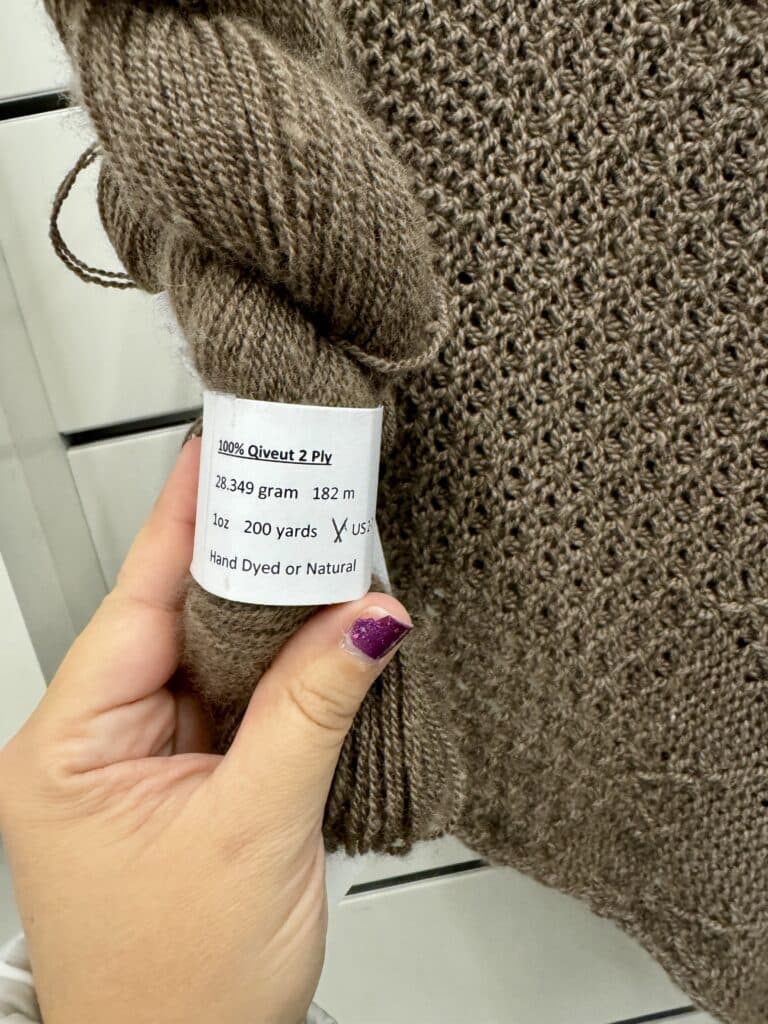
Where to Experience Qiviut Yarn Today
If you are interested in experiencing qiviut yarn in person, there are several places where you can see how it is made and even purchase items crafted from this precious fiber.
Alaska
Alaska is one of the main regions where qiviut is produced. The Alaska Musk Ox Farm in Palmer, Alaska, offers visitors the opportunity to observe musk oxen up close and learn about the harvesting process. They also sell qiviut yarn and hand-knitted items made from this rare fiber. The farm offers educational tours, where visitors can watch artisans spinning and knitting with qiviut, and shop for luxurious scarves, hats, and mittens made from the yarn.
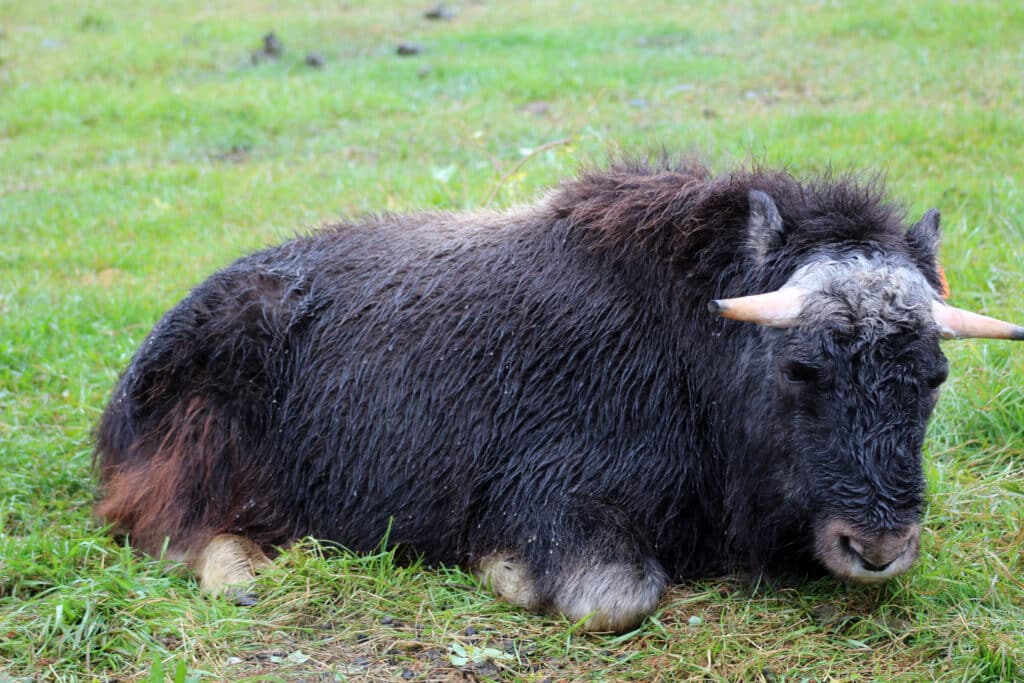
Canada
In Canada, Qiviut, Inc. in Nisku provides similar experiences, with tours that include demonstrations of how the qiviut is combed from the musk oxen through to the final product. Visitors can also purchase high-quality qiviut products from local artisans, as well as learn about the history and significance of the fiber in Indigenous culture. Qiviut Inc. is 100% Inuit owned.
Greenland
Greenland also has a history of qiviut production, and many local markets and workshops sell handwoven qiviut scarves and blankets. Some Greenlandic villages offer tourists the opportunity to learn how to spin and weave qiviut yarn, giving visitors a hands-on experience in this ancient craft. The combination of cultural history and craft is a unique aspect of experiencing qiviut in Greenland.
Craft Shops and Online Retailers
If you’re not able to travel to the Arctic regions, many craft shops and online retailers now sell qiviut yarn and finished garments. Online stores such as Qiviut.com, offer a wide range of qiviut-based products, from yarn to clothing, providing an opportunity for people around the world to experience the luxury of qiviut. Cabin Fever in Anchorage is where I first got to squish some qiviut and if you can’t go in person, they do ship as well.

Museums
Museums dedicated to indigenous cultures or Alaskan heritage, such as the Alaska Native Heritage Center, often have exhibits and information about the historical significance of qiviut, as well as displays of traditional qiviut garments. These museums offer educational experiences that highlight the cultural importance of qiviut within Arctic communities. The gift shops often sell skeins as well (two of the above photos are from the shop at The Anchorage Museum).
Qiviut yarn is a unique and culturally significant material that has a long history rooted in the traditions of Arctic Indigenous peoples. From its use in functional, warm clothing to its modern status as a luxury fiber, qiviut continues to be a symbol of sustainability, craftsmanship, and respect for nature. Whether you are a textile enthusiast, a crafter, or simply curious about the history of this rare material, there are many opportunities to learn about and experience qiviut yarn today.







